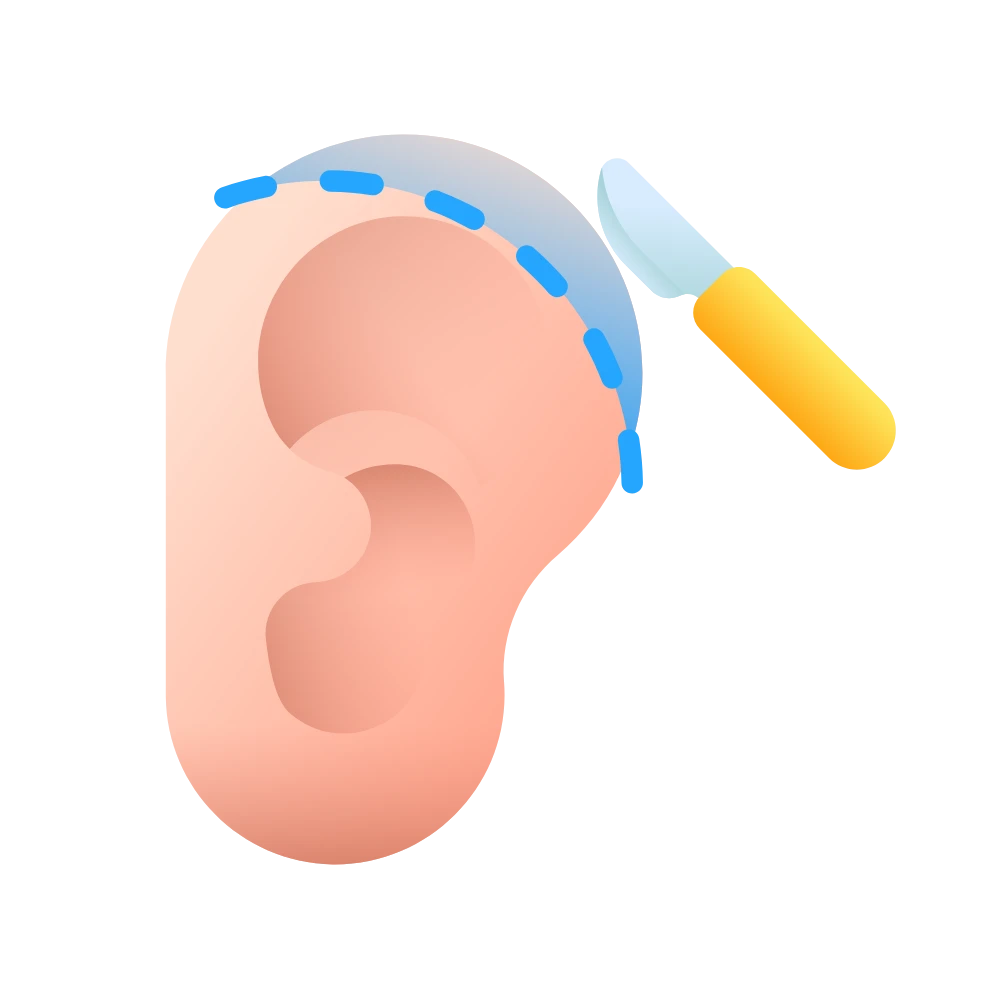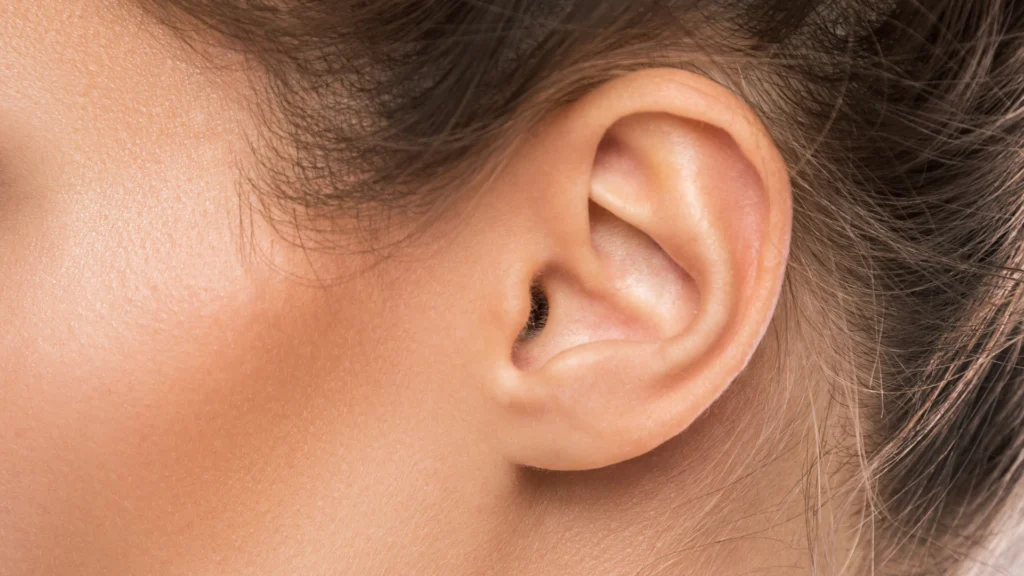
What is Otoplasty Surgery ?
Overview Otoplasty surgery, commonly known as ear pinning or cosmetic ear surgery, is a procedure designed to improve the appearance of the ears. This surgery can correct protruding ears, reshape deformed or asymmetrical ears, and address other ear-related aesthetic concerns. Otoplasty involves reshaping the cartilage to create a more natural and balanced ear appearance, which can significantly enhance a person’s self-esteem and confidence. The procedure is typically performed on both children and adults who are dissatisfied with the shape, size, or position of their ears.
Causes The need for otoplasty often arises due to congenital ear deformities, injuries, or dissatisfaction with ear prominence or asymmetry. Protruding ears are usually due to an underdeveloped antihelical fold or excessive conchal cartilage. These conditions can lead to self-consciousness, especially in social situations.
Solutions Otoplasty addresses these issues by reshaping or repositioning the ear cartilage to create a more desirable appearance. Techniques include creating or enhancing the antihelical fold, reducing conchal cartilage, and repositioning the ears closer to the head. These solutions provide a permanent improvement in the ear’s appearance and can be performed with minimal scarring and downtime.
Types of Treatments

Traditional Otoplasty
Traditional otoplasty involves making an incision behind the ear, exposing the cartilage, and reshaping it to achieve the desired contour. This method is suitable for correcting prominent ears and creating a more natural ear fold. The procedure typically leaves a discreet scar hidden behind the ear.

Incisionless Otoplasty
This minimally invasive technique uses small incisions and sutures to reshape the ear without extensive cartilage removal. It is ideal for minor ear corrections and has a shorter recovery time compared to traditional otoplasty. This method is less invasive and often chosen for its quick healing and minimal scarring.

Revision Otoplasty
Revision otoplasty is performed to correct or improve the results of a previous otoplasty surgery. This procedure can address any residual or recurrent ear prominence, asymmetry, or other cosmetic concerns. It requires careful planning and expertise to achieve the desired outcome and ensure patient satisfaction.
Surgery Procedures and Recovery Time

Procedure Otoplasty surgery begins with administering anesthesia, either local or general, depending on the patient’s age and preference. The surgeon makes an incision behind the ear to access the cartilage. The cartilage is then reshaped, folded, or repositioned to achieve the desired contour. The incisions are closed with sutures, and the ears are bandaged to support healing and maintain their new position.
Recovery Recovery from otoplasty typically involves wearing a headband or dressing to protect the ears and maintain their position. Initial swelling and discomfort are common but can be managed with prescribed medications. Patients are advised to avoid strenuous activities and sleeping on their sides for several weeks. Full recovery and final results can take a few months, with most swelling subsiding within the first few weeks.
FAQ
Otoplasty surgery is a cosmetic procedure to improve the appearance of the ears by reshaping or repositioning the cartilage.
Otoplasty surgery typically takes about 1 to 2 hours, depending on the complexity of the case.
The cost of ear surgery can vary, generally ranging from $3,000 to $5,000, depending on the location and surgeon’s experience.
Possible risks include infection, bleeding, asymmetry, and scarring. However, serious complications are rare when performed by an experienced surgeon.
Initial recovery takes about 1 to 2 weeks, but full recovery can take several months. Patients should avoid strenuous activities during this period.
Yes, children as young as 5 or 6 years old can undergo otoplasty to correct prominent ears or other deformities.
Otoplasty is generally safe when performed by a qualified and experienced surgeon. As with any surgery, there are risks, but they are minimized with proper care.
Types of otoplasty surgeries include traditional otoplasty, incisionless otoplasty, and revision otoplasty.
Preparation includes undergoing medical evaluations, avoiding certain medications, and following the surgeon’s pre-operative instructions.
Post-surgery, expect some swelling and discomfort, which can be managed with medication. Wearing a headband and following the surgeon’s care instructions will aid in recovery.